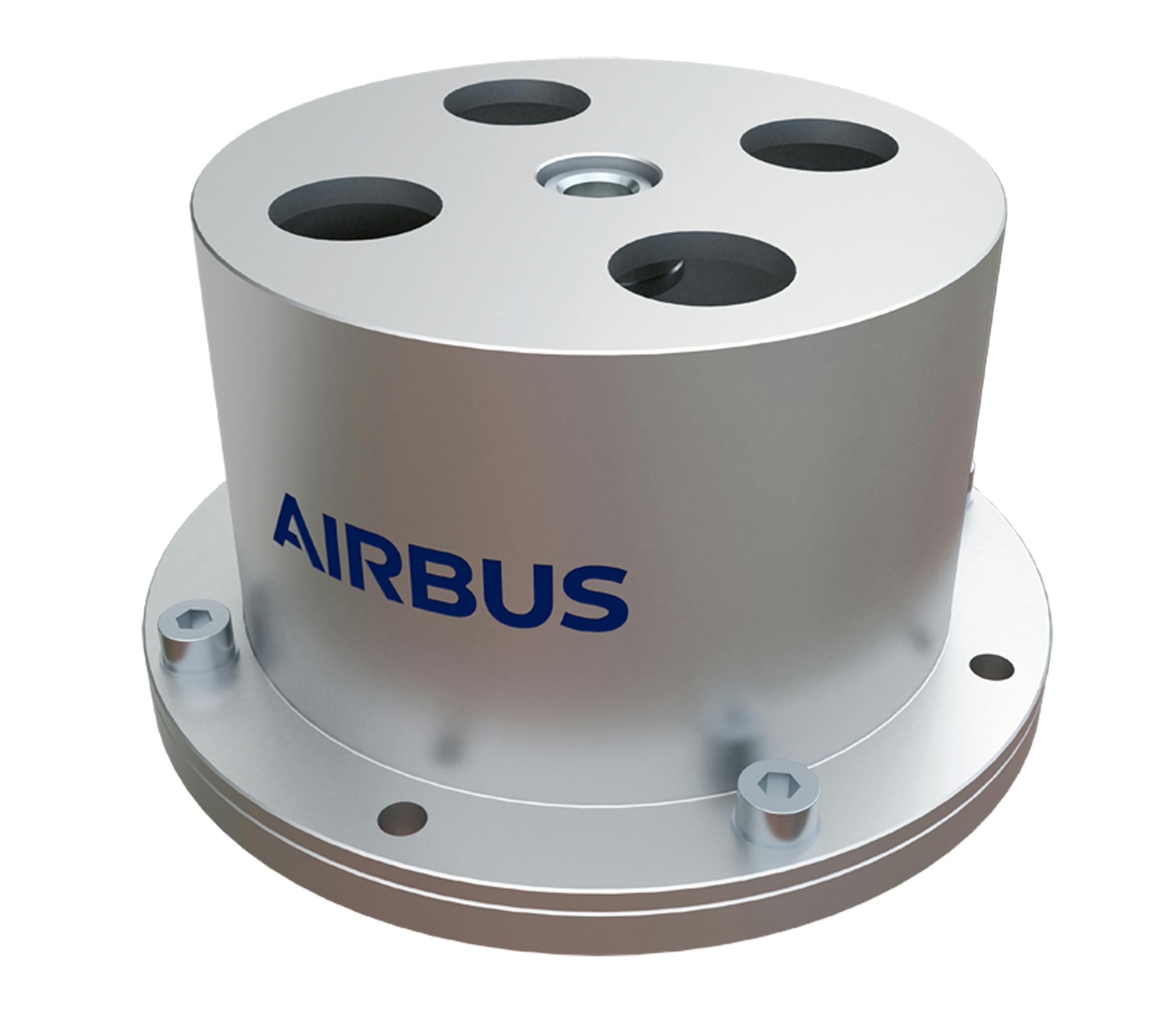In the future, Earth’s orbit may become a chaotic place where end-of-life spacecraft and satellites wander aimlessly in the dark skies. To tackle the growing problem of space debris, Airbus has developed a new device designed to prevent satellites from rolling around after they are no longer in use.
The device, called Detumbler, was launched with a Falcon 9 rocket from Vandenberg Space Force Base in California. According to Airbus, the Detumbler is a magnetic damping device designed to be installed on a satellite nearing the end of its life. Weighing approximately 100 grams, the Detumbler has a central rotor wheel and magnets that interact with the Earth’s magnetic field, preventing unwanted movements when end-of-life satellites begin to tumble. The device is designed to align with the Earth’s magnetic field as the satellite flies normally in orbit. But if it starts to tumble, the rotor’s motion will trigger eddy currents (loops of electric current within the conductors induced by the changing magnetic field), causing friction to slow the motion.

The device was developed by Airbus in 2021 within the initiative called Tech4SpaceCare and with the support of the French Space Agency CNES. The main goal is to address the increasing risk of space debris. Dead satellites tend to tumble in unpredictable ways due to orbital flight dynamics, posing a risk of crashing into another spacecraft or uncontrolled re-entry into Earth’s atmosphere.
But the Detumbler will make it easier to capture unused satellites by future missions aimed at cleaning up space debris by ensuring they stay on a more predictable path in Earth orbit. Airbus’s new device will be tested in a series of disintegration demonstrations on EnduroSat’s Exo-0 nanosatellite in early 2024.
There are currently more than 27,000 pieces of orbital debris tracked by the Department of Defense’s global Space Surveillance Network. There are also many small pieces floating around undetected. As the global space industry continues to grow, this number is expected to increase and the likelihood of collisions to increase.